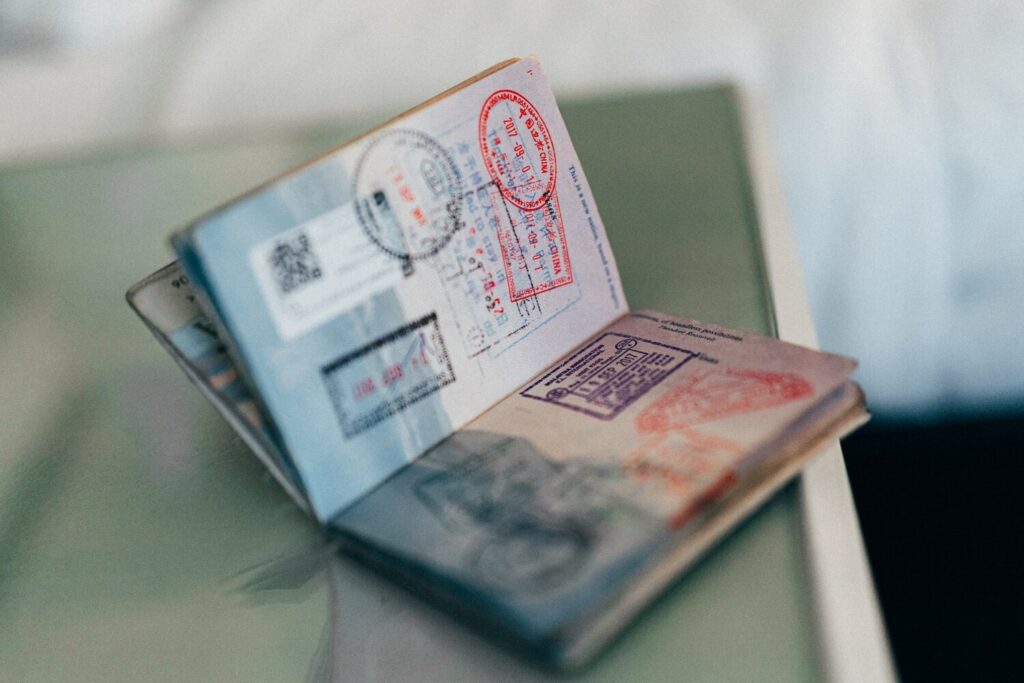
Argentina latest regional state to roll out Digital nomad visa regime

Durrant Pate/ Contributor
Nations within Latin America and the Caribbean are reporting a high number of applications for Digital Nomad visas.
Any country that can successfully establish a strong rotation of digital nomads, who will typically stay for at least a few months, will not only generate welcome foreign currency, but also considerable opportunities for local workers.
Argentina’s recent introduction of a new digital nomad visa regime is the latest move seen among nations in Latin America and the Caribbean to try to attract remote workers.
This is happening as governments in the region increasingly tune into the economic benefits offered by this pandemic-boosted itinerant population. Nearshore Americas reports that remote workers in Argentina spend around US$3,000 per month, according to Florencia Carignano, the country’s National Director for Migration.
This is approximately double what tourists spend and the stays are generally longer. It should be noted that a trend of online workers moving around the globe was already growing before the pandemic, with the phrase “digital nomads” generating increasing interest online over the past eight years.
Shift to remote working
However, the major shift to remote work brought on by the COVID-19 pandemic has increased that interest significantly, buoyed by the return of international travel to relative normality. With an increasing number of companies adopting fully remote work schedules as highlighted by the recent announcement by Airbnb that staff can be based anywhere without it affecting their salaries, the number of people interested in this digital nomadic lifestyle continues to swell.
In most cases, the only ingredient these workers require from a destination is a decent Internet connection. More and more countries are tapping into this trend and drawing in medium to long-stay visitors who pump significant quantities of hard foreign currency into the economy.
This is particularly enticing for the many countries that experienced economic turmoil, as a result of the pandemic. Carignano made that clear when Argentina’s new visa was announced this month.
According to Carignano,“we want to attract people who after the pandemic changed their mentality and now prioritize their freedom, want to visit new places and enjoy life in a different way. The pandemic accelerated a trend that was already happening”.
Our Today examines the Digital Nomad visas regime of the following countries based on information from Nearshore Americas:
Antigua and Barbuda

The Caribbean nation of Antigua and Barbuda offers a digital nomad residence for up to two years to anyone with an annual salary of at least US$50,000 earned outside the country. That is a relatively high figure compared to minimum salary requirements seen for remote worker visas in Latin America, reflecting the higher cost of living in the Caribbean nation.
To access the scheme, which costs US$1,500, applicants must be at least 18 years old, have a clean criminal record and be able to demonstrate that they have full medical coverage. Another Caribbean nation offering a comparable scheme with similar costs and requisites –albeit for an initially shorter period– is Barbados, with its 12-month (renewable) ‘Welcome Stamp’.
Brazil

In January, Brazil announced its own digital nomad visa. Anyone who can prove they are employed from outside the country and capable of undertaking their work entirely online can apply for it. According to the published resolution, to be granted one of Brazil’s digital nomad visas, participants must earn at least US$1,500 per month and hold a minimum of US$18,000 in their bank account.
A digital nomad visa in Brazil is initially granted for a period of one year, but can subsequently be extended for another year.
Costa Rica

Costa Rica passed its digital nomads law in August 2021, establishing a new migratory classification known as “remote services provider”, which also covers a partner and children under the age of 25. Anyone granted this visa receives permission to remain in the country for an initial one-year period, which can be extended for a further year as long as the person has spent at least 180 days of the initial year within the country.
Notably, holders (but not their dependents) are exempted from all taxes, including import taxes from equipment needed for them to perform their remote work. This applies to vehicles too, and they’ll be eligible to drive it using a license issued in their home country for as long as the visa is valid.
Ecuador

Ecuador’s digital nomad visa was launched in January 2022, offering remote workers the right to remain and work in the country for up to two years. To be granted the visa, participants must be able to show that they have a contract in place to work with a foreign company, allowing them to perform their duties online, and they must earn at least US$1,275 per month.
Nature lovers beware, though. Holders of an Ecuadorian digital nomads visa are allowed to pitch up anywhere they like in the country, except for the Galapagos Islands.
Panama

Panama’s digital nomad visa was introduced by executive decree in May 2021, making it one of the first countries in the region to introduce a dedicated visa for remote workers. Like in other countries, to be eligible for the visa, applicants must be able to show that they have a contract in place to work for a company based outside Panama or that they are otherwise able to support themselves through activities online.
Panama’s digital nomads visa has one of the highest minimum salary requirements among Latin American countries. Holders need to earn at least US$36,000 per year, which amounts to about US$3,000 per month.
Options Elsewhere for Digital Nomads
Any country that can successfully establish a strong rotation of digital nomads will not only generate welcome foreign currency, but also considerable opportunities for local workers. Colombia is currently in the process of developing a digital nomad visa, which is likely to be launched in the coming months.
Colombia is already home to large numbers of digital nomads, who generally enter the country on renewable 90-day tourist visas. Many can also be found in Mexico, taking advantage of the country’s 180-day tourist visas.
With governments in the region becoming increasingly wise to the opportunities offered by digital nomads, and with many countries now targeting them with dedicated visas, it stands to reason that yet more will follow suit in the near future.







Comments